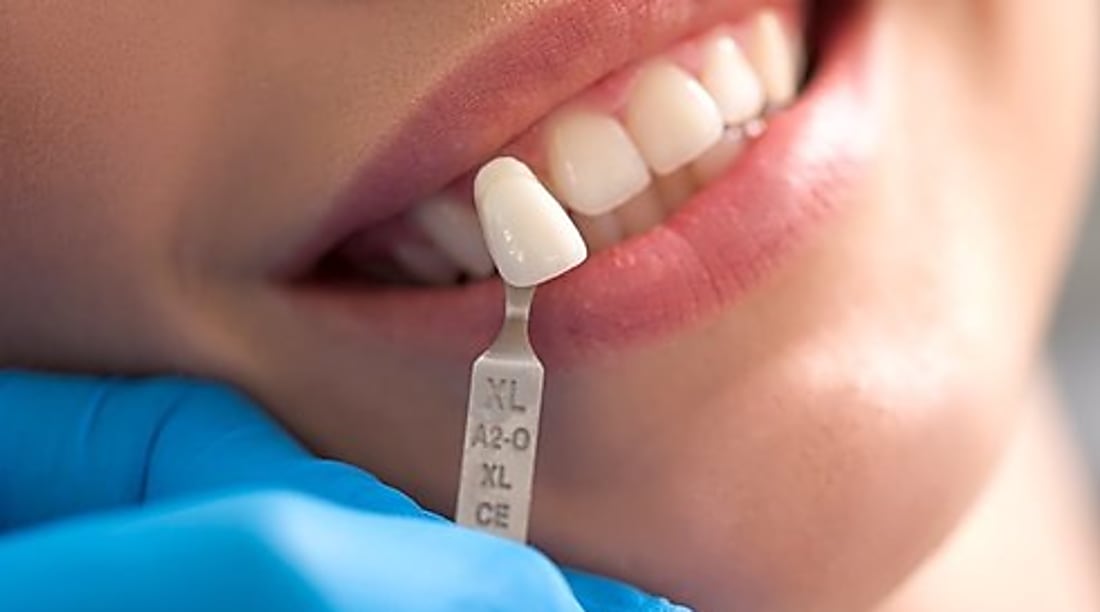Discover the Future of Dental Implants: Screwless Solutions Expand Patient Options
If you've been considering dental implants but are concerned about cost and complexity, newer screwless implant designs may offer potential benefits for certain patients. These systems can simplify prosthetic components, sometimes shorten clinical procedures, and may reduce some maintenance needs. Suitability and cost vary with individual oral health, bone anatomy, and provider fees; a consultation with a dental professional can determine whether a screwless approach is appropriate and cost-effective in your specific case.

Screwless implant solutions are designed to secure crowns, bridges, or overdentures without the use of traditional abutment screws. Instead, they rely on precise taper-fit or conometric connections that lock components together through friction and geometry. By eliminating screw channels, these systems aim to reduce common complications like screw loosening and improve the appearance of the final restoration.
Understanding Screwless Dental Implant Technology
Modern screwless designs typically use conometric or Morse-taper connections that create a tight, mechanical seal between the abutment and the prosthesis. Some systems use prefabricated caps seated with a calibrated force to ensure consistent retention. The goal is to achieve a stable, retrievable fit without cement excess or screw access holes. In many cases, the approach can be combined with digital workflows such as cone-beam CT, guided surgery, and CAD CAM restorations to improve precision and planning.
Benefits of Screwless Implant Procedures
Removing the need for abutment screws can deliver several practical advantages. Patients may benefit from fewer components and a lower risk of screw-related maintenance, while clinicians gain improved esthetics and easier hygiene because there are no occlusal access holes to seal. Chair time can be reduced for some appointments, and the absence of residual cement eliminates a known source of peri-implant inflammation. Not all situations are ideal for screwless retention, however; retrievability protocols and case selection remain important.
Are Dental Implants Suitable for Elderly Patients?
Age alone is not a contraindication. Many seniors do well with implants when overall health, bone quality, and medications are carefully evaluated. Factors such as controlled diabetes, osteoporosis therapies, blood thinners, and a history of head and neck radiation require individualized planning and coordination with physicians. Healing may be slower in older adults, but high success rates are achievable with appropriate hygiene, follow-up, and prosthesis design. For some, removable overdentures retained by a small number of implants can offer stability with fewer surgical demands.
Cost Considerations for Full Dental Implants
Total cost depends on imaging and planning, the number and type of implants, whether a fixed bridge or an overdenture is chosen, need for grafting, provisional restorations, laboratory materials, and regional fee differences. Typical US benchmarks often cited by clinics include 3,000 to 6,000 for a single implant and crown, 6,000 to 15,000 per arch for an implant-retained overdenture using 2 to 4 implants, and 20,000 to 35,000 per arch for a full-arch fixed bridge such as an All-on-4 or All-on-6 style treatment. Maintenance items like night guards, screw or clip replacements in non-screwless systems, hygiene visits, and occasional component renewal should be included when budgeting.
Dental Implants for Seniors: Understanding Coverage and Costs
Original Medicare generally does not cover routine dental services, including implants. Some Medicare Advantage plans offer dental allowances or networks; coverage for implants varies widely and may include caps, waiting periods, or exclusions. Medicaid is state specific for adult dental benefits and rarely covers implants except when medically necessary under a state-defined policy. Veterans with qualifying benefits may be eligible for implant care through the VA based on clinical criteria. Private dental insurance often provides limited implant benefits and annual maximums that are small relative to full-arch fees. Health savings accounts, flexible spending accounts, and in-house or third-party financing can help spread costs.
In the United States, real-world pricing varies by provider and region. The examples below illustrate typical ranges and well-known providers or clinics.
| Product or Service | Provider | Cost Estimation |
|---|---|---|
| Full-arch fixed bridge, All-on-4 style | ClearChoice Dental Implant Centers | 20,000–35,000 per arch, typical US range |
| Full-arch fixed bridge | Aspen Dental | 18,000–30,000 per arch, typical US range |
| Implant-retained overdenture, 2–4 implants per arch | Affordable Dentures and Implants | 6,000–15,000 per arch, typical US range |
| Single implant and crown | UCLA School of Dentistry teaching clinic | 3,000–6,000 per site; clinic fees vary |
Prices, rates, or cost estimates mentioned in this article are based on the latest available information but may change over time. Independent research is advised before making financial decisions.
Conclusion
Screwless implant solutions expand restorative choices by replacing screws with precision conometric or taper-fit connections that can streamline maintenance and enhance esthetics. For older adults, candidacy rests more on overall health and careful planning than on age alone, and treatment options range from single-tooth solutions to overdentures and full-arch bridges. Costs vary widely with technique, materials, and geography, and coverage for implants remains limited across many plans.
This article is for informational purposes only and should not be considered medical advice. Please consult a qualified healthcare professional for personalized guidance and treatment.




